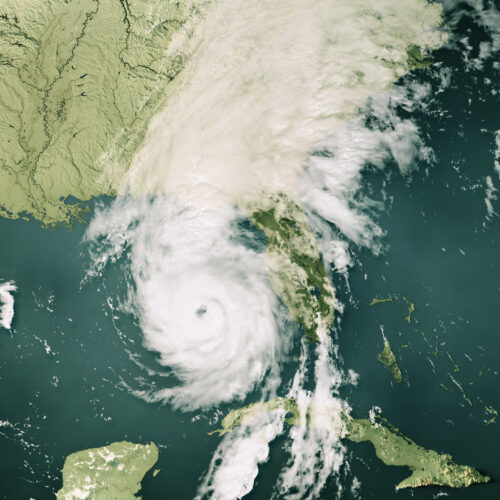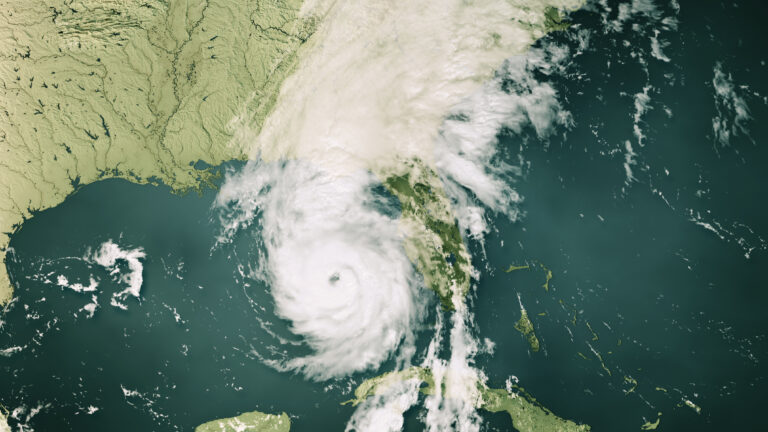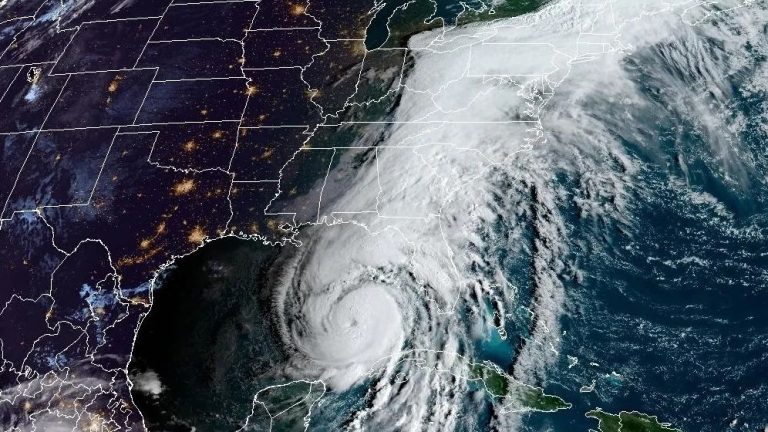Rapid analysis finds climate change’s fingerprint on Hurricane Helene
Hurricane Helene crossed the Gulf of Mexico at a time when sea surface temperatures were at record highs and then barreled into a region where heavy rains had left the ground saturated. The result was historic, catastrophic flooding.
One key question is how soon we might expect history to repeat itself. Our rapidly warming planet has tilted the odds in favor of some extreme weather events in a way that means we can expect some events that had been extremely rare to start occurring with some regularity. Our first stab at understanding climate change's influence on Helene was released on Wednesday, and it suggests that rainfall of the sort experienced by the Carolinas may now be a once-in-70-year event, which could have implications for how we rebuild some of the communities shattered by the rain.
Rapid attribution
The quick analysis was done by the World Weather Attribution project, which has developed peer-reviewed methods of looking for the fingerprints of climate change in major weather events. In general, this involves identifying the key weather patterns that produced the event and then exploring their frequency using climate models run with and without the carbon dioxide we've added to the atmosphere.


© Frank Ramspott

